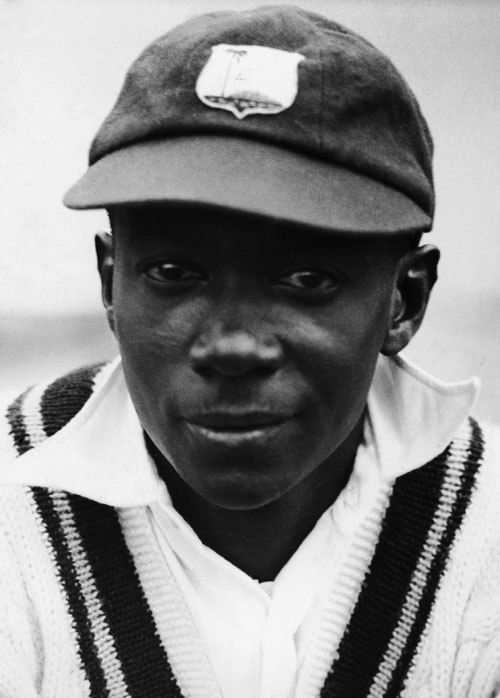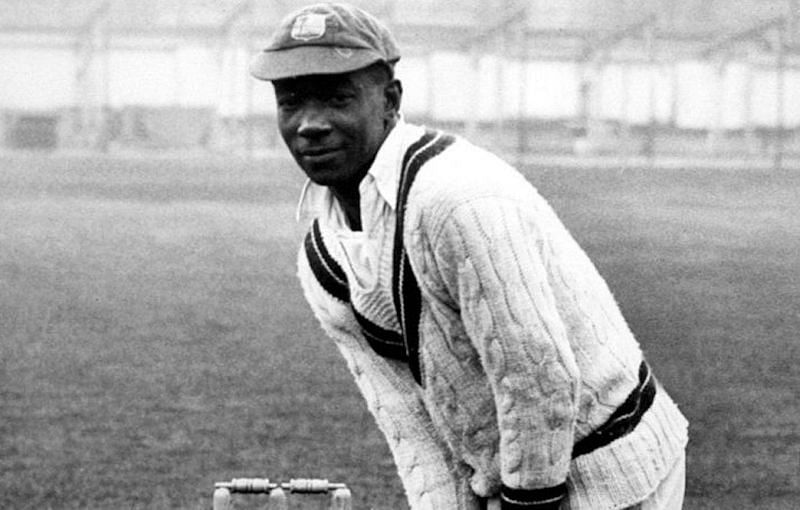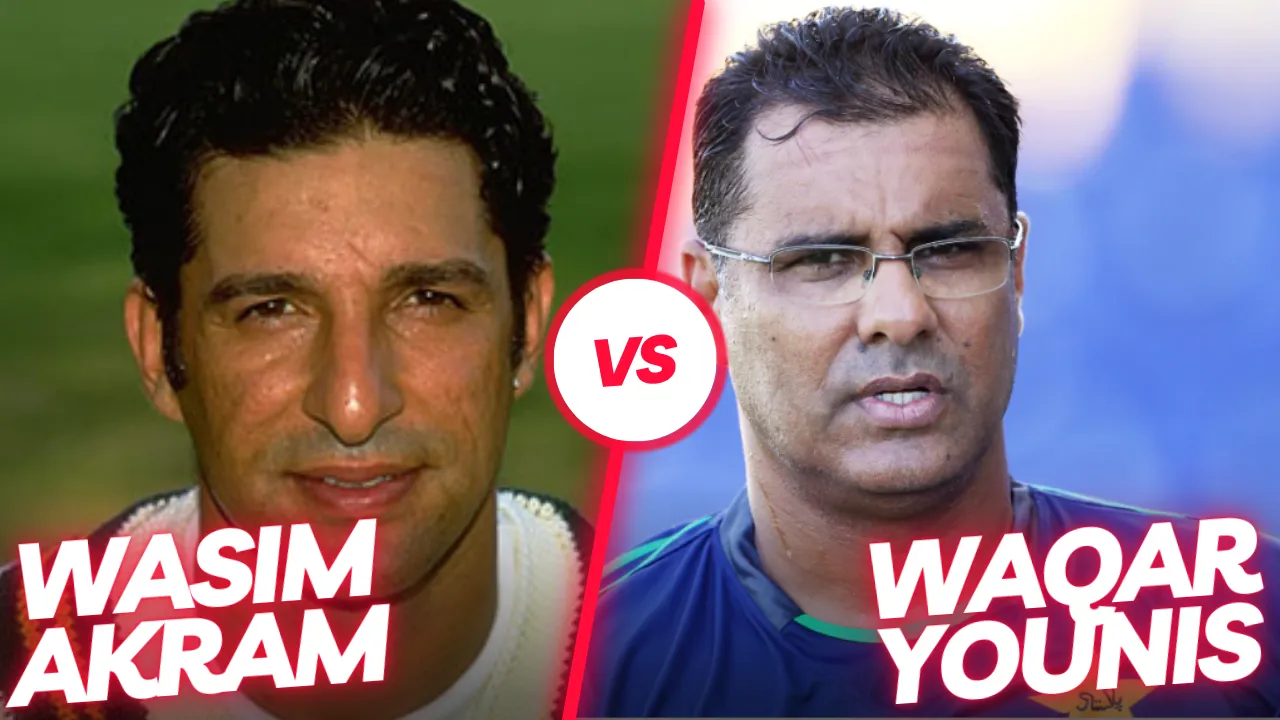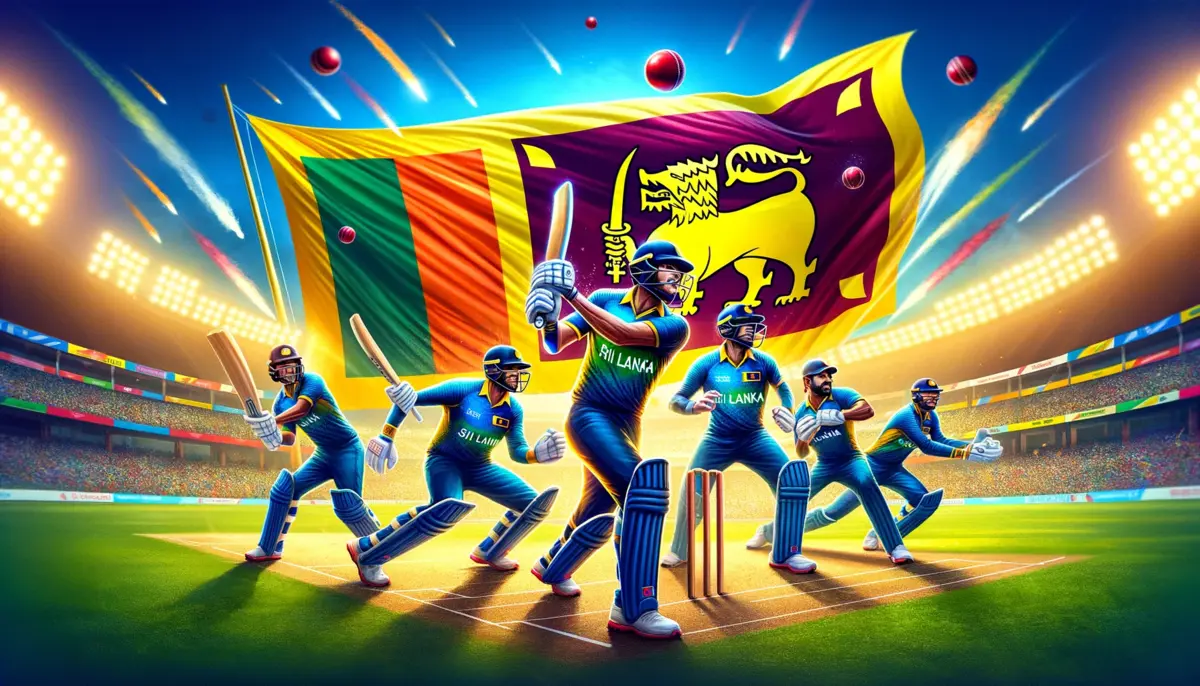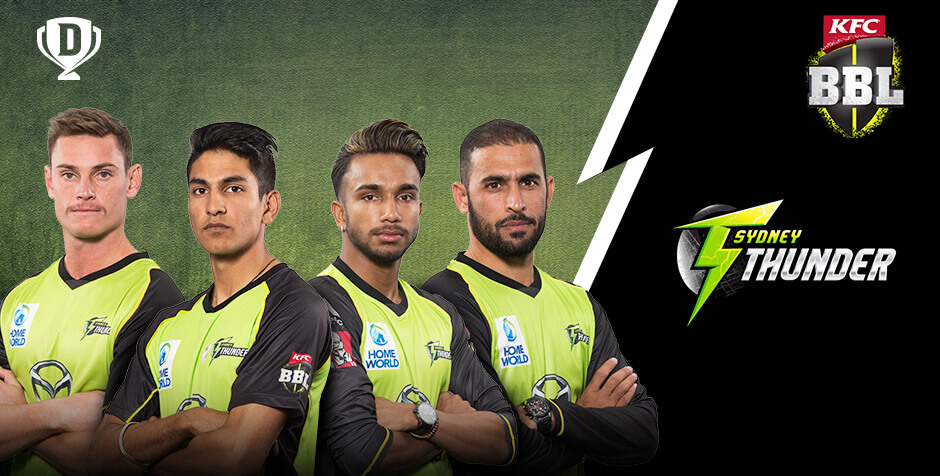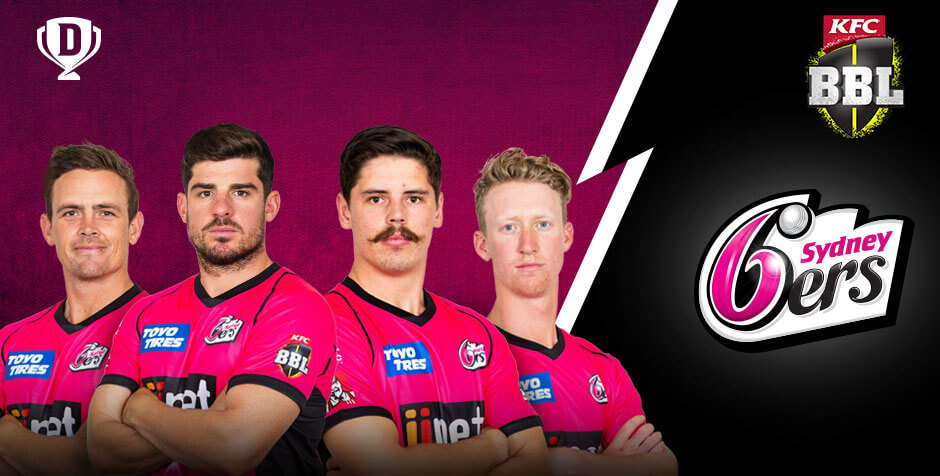When George Headley strode to the crease bat in hand, crowds witnessed artistic mastery honed on Kingston’s sun-drenched fields, his elegance subtly spearheading social transition.
An uncomplicated technique belied aggressive strokeplay punishing revered attacks of the era before Learie Constantine and his era’s batting feats seem today near mythical .
Yet beyond mere numbers existed deeper socio-cultural contributions – Headley navigating prejudiced establishments with principled resilience both on Caribbean fields and on Australian tours confronting dubious ethics.
Batting excellence delivered symbolic hope while leadership fostered future generations of cricketers advancing what social progressivism had initiated beyond Oxford linen threads.
Article Highlights
Hide- George Headley was a talented cricketer who faced racial discrimination throughout his life.
- He made significant achievements in his career, including scoring a century on debut and achieving a batting average of 60.83 in Test cricket.
- Headley played a crucial role in breaking down racial barriers in cricket and inspiring future generations of West Indian cricketers.
- His legacy as one of the greatest batsmen of all time continues to inspire young cricketers with his resilience and exceptionalism.
In many respects George Headley etched lasting impact by signaling winds of change as the elegant Jamaican maestro facing down discrimination with grace under immense pressure and skill during hardship.
His name persists as forerunner for multitudes – a conduit of extraordinary deeds translating into expansive consciousness through sport’s unique paradox to unify without words.
Early Life and Origins
George Headley was born on May 30, 1909, in Colón, Panama, to a father who worked on the Panama Canal and a mother who was a homemaker, marking the beginning of a life that would leave an indelible mark on the world of cricket.
His early years were shaped by the multicultural milieu of the Canal Zone, a place that attracted a workforce from across the Caribbean and further afield, which may have contributed to his adaptable and cosmopolitan outlook on life and sport.
Harold Larwood
When Harold Larwood steamed in amidst Bodyline’s contentious 1932-33 Ashes, his express pace and ... Read More
Headley’s family moved to Jamaica when he was very young, and it was there that he first encountered cricket. The socio-economic and colonial structures of the time presented cricket as an instrument of both oppression and potential liberation.
In this context, Headley’s ascent in the sport took on a symbolic significance. As a black cricketer excelling in what was traditionally a white-dominated sport, his achievements challenged the racial and class barriers of the time.
His dedication to refining his technique was apparent from an early age, and by his teens, he was displaying a prodigious talent that indicated his future potential.
Headley’s journey from the pitches of Jamaica to the pantheon of cricket legends began with a commitment to excellence that would define his career.
George Headley: Rise to Cricket Stardom
Building upon his formative experiences in Jamaica, Headley’s cricket prowess quickly catapulted him to prominence within the sport during the 1930s.
His ascent was marked by an exceptional blend of technical finesse and strategic acumen, as he consistently compiled runs against formidable oppositions.
Headley’s emergence as a cricketing force coincided with the maturation of West Indies cricket on the international stage, and he became a symbol of excellence for a region seeking to assert itself in a sport dominated by colonial powers.
Statistical scrutiny of Headley’s early career reveals a prodigious talent; his average of 60.83 in Test cricket remains among the highest in history.
This figure is not merely a reflection of his skill but also a testament to his ability to perform under pressure. His performances were often against the backdrop of socio-political challenges, which added gravitas to his on-field achievements.
Headley’s rise was not just a personal triumph but also an inspiration for a generation of cricketers from the West Indies. His success laid the groundwork for the region’s eventual dominance in cricket, and he remains an enduring figure of empowerment for aspiring athletes from similar backgrounds, exuding the spirit of liberation through sporting excellence.
Notable Batting Milestones
Throughout his illustrious career, Headley achieved numerous batting milestones that not only underscored his mastery with the bat but also marked significant historical moments for West Indies cricket.
His technical prowess, combined with unwavering determination, etched his name in the annals of cricketing history. These achievements served as beacons of inspiration, symbolizing the liberation and prowess of West Indian cricket during an era where it was burgeoning into a formidable force within the international arena.
- First West Indian to score a century in England: Headley’s century at Lord’s in 1933 was a landmark achievement, showcasing the potential of West Indian cricketers on the international stage.
- Double centuries against England: Demonstrating remarkable consistency and resilience, Headley recorded two double centuries against England, reinforcing his dominance over even the most challenging of adversaries.
- Highest batting average for a West Indian: At the time of his retirement, Headley held the highest Test batting average among West Indian cricketers, a testament to his sustained excellence at the crease.
- Integral in West Indies’ first Test victory: His contributions were pivotal in securing the West Indies’ first Test match win in 1930, a momentous event that signaled the emergence of West Indies cricket as a competitive force.
Headley’s milestones were not merely personal triumphs but collective victories that galvanized the spirit of West Indian cricket. His legacy is a narrative of exceptional skill and the relentless pursuit of greatness that transcended the sport and resonated with the aspirations of a people striving for recognition and respect on the world stage.
George Headley: Statistical Breakdown
Examining the statistical breakdown of George Headley’s career offers a quantifiable perspective on the exceptional skill and impact highlighted by the batting milestones previously discussed.
Headley’s Test career, although limited to 22 matches due to the era’s sparse cricket calendar and geopolitical constraints, stands out for its remarkable consistency and excellence. His aggregate of 2,190 runs comes at an average of 60.83—placing him amongst the elite in cricket history.
In a detailed analysis, Headley’s ten centuries resonate as a testament to his aptitude for constructing substantial innings, a feat made more impressive by the fact that he reached three figures in 45.45% of the matches he played.
This ratio underlines his reliability and dominance at the crease. Moreover, his highest score of 270 not out against England in 1930 exemplifies his ability to bat for extended periods with unwavering concentration.
Objective scrutiny also reveals his proficiency against world-class bowling, evidenced by his average never dipping below 60 in any series he played.
Such statistical prowess underscores the exceptional nature of Headley’s batting talent in an era dominated by bowlers, making him a paragon for aspiring cricketers and a symbol of liberation from the shackles of mediocrity.
Legacy and Influence
George Headley’s profound impact on cricket extends beyond his remarkable statistics, as his legacy continues to inspire generations of players and fans alike, embodying the spirit of excellence and resilience in the sport.
Considered a trailblazer, Headley’s success during a period marked by racial discrimination and colonial attitudes towards players of his origin provided a beacon of hope and a source of immense pride for the West Indies and its diaspora.
His influence is discernible through various facets of the game, and his legacy is multifaceted:
- Pioneer for Black Cricketers: Broke racial barriers, becoming a symbol of possibility for black and minority cricketers worldwide.
- Batting Technique Influence: Advanced the art of batting, influencing techniques and strategies in the Caribbean and beyond.
- Cultural Impact: Elevated Caribbean cricket’s status, fostering regional identity and pride in international cricket.
- Mentorship and Coaching: Post-retirement, contributed to the game’s growth through mentorship, shaping future talents.
Analytically examining Headley’s legacy, it is clear that his contributions were not just statistical landmarks but also pivotal in altering the narrative of cricket, particularly in the West Indies.
His story is one of resilience and exceptionalism, which continues to resonate within the cricketing community and encourages emerging players to aspire to his levels of skill and determination.
Final Thought
George Headley’s storied career in cricket, marked by significant batting achievements and a profound influence on the sport, stands as a testament to his exceptional talent.
His statistical prowess, coupled with his trailblazing role in a predominantly white-dominated era, established him as a formidable figure.
Headley’s legacy, encapsulated by the moniker ‘Black Bradman,’ continues to resonate, highlighting the indelible impact and enduring inspiration he provides to cricketers and fans alike.

